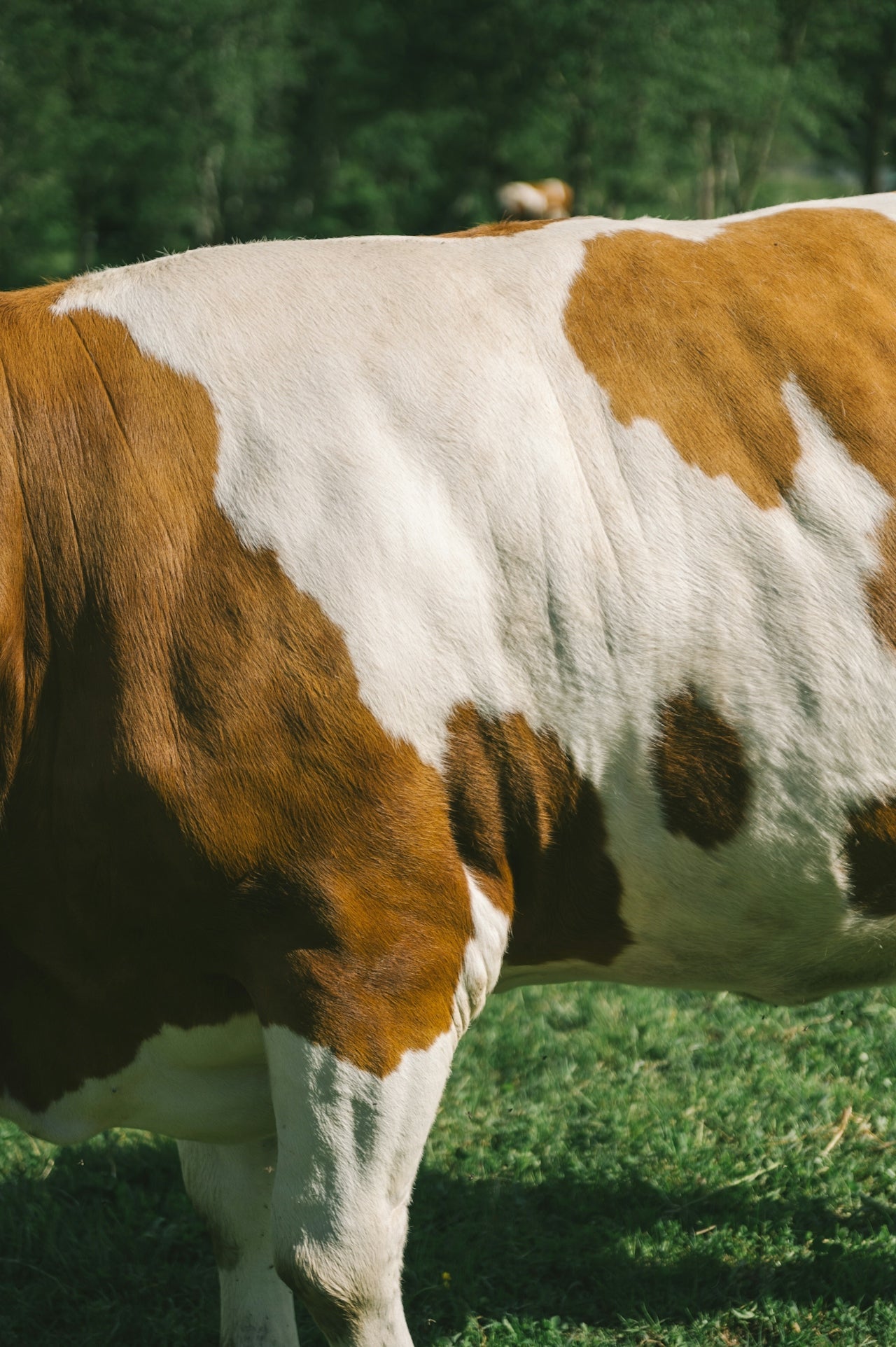When it comes to nutrition, the phrase “you are what you eat” often extends to “you are what your food eats.” The quality of protein sources — whether meat, fish, or eggs — can vary significantly depending on how the animals were raised or caught. Terms like grass-fed, pasture-raised, and wild-caught are becoming more common, but do they really make a difference for your health?
Grass-Fed and Pasture-Raised Meat
-
Nutrient Profile: Grass-fed beef typically has a healthier fat composition compared to grain-fed. It contains more omega-3 fatty acids (supporting heart health) and conjugated linoleic acid (CLA), which may reduce inflammation.
-
Micronutrients: Higher levels of vitamins A and E, along with antioxidants, have been found in pasture-raised meat.
-
Lower Fat: Grass-fed cuts are often leaner, meaning fewer total calories from fat.
Pasture-Raised Chicken & Eggs
-
Chickens raised on pasture often produce eggs higher in omega-3s, vitamin D, and antioxidants.
-
The diet and living environment significantly influence nutritional quality compared to caged or grain-fed hens.
Wild-Caught vs. Farmed Fish
-
Omega-3 Fatty Acids: Wild-caught fish generally have higher omega-3 levels and a better omega-3:omega-6 ratio, supporting cardiovascular and brain health.
-
Contaminants: Farmed fish may sometimes have higher exposure to pollutants or antibiotics, though this varies with farming practices.
-
Taste and Texture: Many people find wild-caught fish has a cleaner taste and firmer texture, which may encourage healthier eating habits.
Beyond Nutrition: Other Factors
-
Ethics & Environment: Many choose higher-quality animal products for environmental or animal welfare reasons. Pasture-raised and wild-caught practices may have a smaller ecological footprint if managed responsibly.
-
Cost & Accessibility: Grass-fed, pasture-raised, and wild-caught options are often more expensive and less accessible. Balanced diets with conventional protein sources can still support good health if whole foods, fruits, and vegetables are prioritized.
Bottom Line
Higher-quality protein sources like grass-fed, pasture-raised, and wild-caught generally provide more beneficial nutrients and fewer potential downsides compared to conventionally raised alternatives. However, they are not strictly necessary for good health. The bigger picture is a balanced diet rich in protein, fibre, fruits, vegetables, and healthy fats. Upgrading your protein sources can be worthwhile if your budget allows, but focusing on whole, minimally processed foods will still support overall health.
References
Daley, C. A., Abbott, A., Doyle, P. S., Nader, G. A., & Larson, S. (2010) ‘A review of fatty acid profiles and antioxidant content in grass-fed and grain-fed beef’, Nutrition Journal, 9(1), pp. 10–22.
Ponte, P. I. P., Ferreira, R., Moura, L., Costa, A., Gil, M. G., & Coimbra, J. (2008) ‘Nutritional quality of pasture-raised versus conventionally raised eggs and poultry meat’, Poultry Science, 87(6), pp. 1152–1160.
Beveridge, M., Gardner, C., & Reimer, R. (2013) ‘Wild vs. farmed fish: Nutritional differences and health implications’, Journal of Food Science and Technology, 50(1), pp. 1–10.
Leheska, J. M., et al. (2008) ‘Fatty acid composition of grass-fed and grain-fed beef: Implications for human health’, Journal of Animal Science, 86(12), pp. 3637–3646.
FAO (2019) The State of World Fisheries and Aquaculture 2018 – Meeting the sustainable development goals. Rome: Food and Agriculture Organization of the United Nations.




